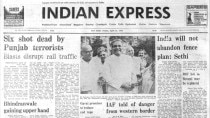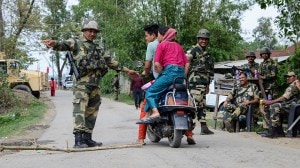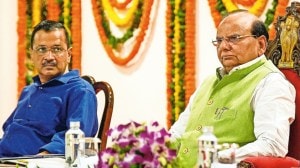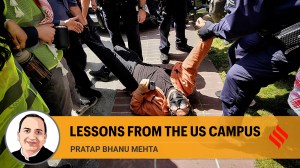- India
- International
CEO-style Politics
Modi model is marked by a closed circle of decision-making, adversarial approach.
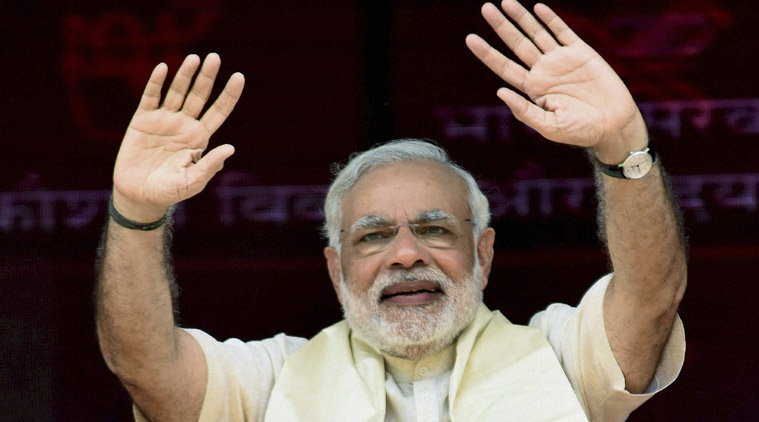 Through the crisis, the leadership did not think it necessary to consult the party’s office-bearers, national council or parliamentary board, or the wise old men like L.K. Advani and Murli Manohar Joshi.
Through the crisis, the leadership did not think it necessary to consult the party’s office-bearers, national council or parliamentary board, or the wise old men like L.K. Advani and Murli Manohar Joshi.
Much has been said about the parliamentary logjam and monsoon session washout. But few have taken note of its crucial subtext: How the Narendra Modi dispensation has handled its first direct political confrontation with a recharged opposition. A series of scams and loss of sheen have, for the first time, put the government on the defensive. This, as well as the altercations with opposition groups, has shed light on PM Modi’s crisis management style and the interpersonal relations among close colleagues.
The Modi model has two features — its sole reliance on a closed circle for crucial decision-making and a doggedly confrontational approach towards adversaries that leaves little room for dialogue. Through the daily battles, there was no one from the government side to sound out the saner elements on the other side or open another track for diplomacy. Without the PMO’s backing, Parliamentary Affairs Minister Venkaiah Naidu lacked credibility. Thus the party lost every opportunity to divide the opposition, even when those like Mulayam Singh Yadav sent out signals that they were wavering. Senior ministers and an ill-equipped official spokesman, the only defenders of the government, had no mandate from Modi or BJP president Amit Shah to go beyond the brief.
Even former PM Manmohan Singh had displayed more flexibility in striking midnight deals with Arun Jaitley on such polarising issues as the nuclear deal. How effortlessly the UPA managers wooed Mulayam on the n-deal, thus breaking opposition unity! Modi’s sharp barbs and macho image simply scare away the disparate opposition groups. The BJP is not short of seasoned stalwarts who have a personal rapport with opposition groups. But the PM-Shah duo left the whole operation to two confrontationist ministers. This fits perfectly into Modi’s personalised management style — some call it the “CEO model”. The pattern was evident from the day the Lalit Modi controversy broke out and spread to engulf Rajasthan Chief Minister Vasundhara Raje, followed by the Vyapam fire. Modi and Shah, and at times Finance Minister Jaitley, were the sole decision-makers. Home Minister Rajnath Singh was involved and the two tainted CMs were summoned only when the Parliament session drew nearer. Naidu was brought in at the last minute as a formality.
All this is to emphasise the Modi BJP’s minimalist approach to inner-party dialogue. Through the crisis, the leadership did not think it necessary to consult the party’s office-bearers, national council or parliamentary board, or the wise old men like L.K. Advani and Murli Manohar Joshi. The Modi BJP does not have a core committee or crisis management body. At Union cabinet meetings, no strategy to counter the impending political challenge was considered. The absence of the culture of collective leadership has been palpable since the crisis broke. Modi has simply applied his centralised style of government management to the more sensitive area of tackling political crises. There is distrust of the party’s established organisational structures, which are often viewed as unnecessary and a drag on quick decision-making.
Compare this with his predecessors. Atal Bihari Vajpayee had an array of colleagues ready to undertake any delicate task for the leader. Jaswant Singh, Jaitley, Pramod Mahajan —there was never a dearth of smart operators. Informal consultations took place at different levels, with each leader eager to do Vajpayee’s bidding. This is because, unlike the incumbent, Vajpayee had an informal, open style. He had no use for bureaucratic micromanagement of the ministries or pushing ministerial papers directly through secretaries, undermining ministerial authority.

The UPA had a more elaborate system, even if it was an offshoot of the dual power centre. Its core committee, comprising of the PM, Sonia Gandhi, Ahmed Patel, A.K. Antony and the home minister, was essentially a crisis management body. It had the full authority of the government and organisation. Perhaps it was to remote control a weak PM, but it also enabled wider consultation on contentious issues.
There have been signs of improved MP participation in the last few days. This was after the PM’s special appeal to MPs at the parliamentary party meeting. Still, the campaigns in Congress constituencies have been assigned to Union ministers, not local leaders. Maybe the system has not so far caused any visible damage nor encountered any internal resistance. But the constant need to wait for directions from above hampered the process of delicate dialogue and subtle counter moves.
The writer is a senior journalist based in Delhi.
EXPRESS OPINION
More Explained
Apr 27: Latest News
- 01
- 02
- 03
- 04
- 05











